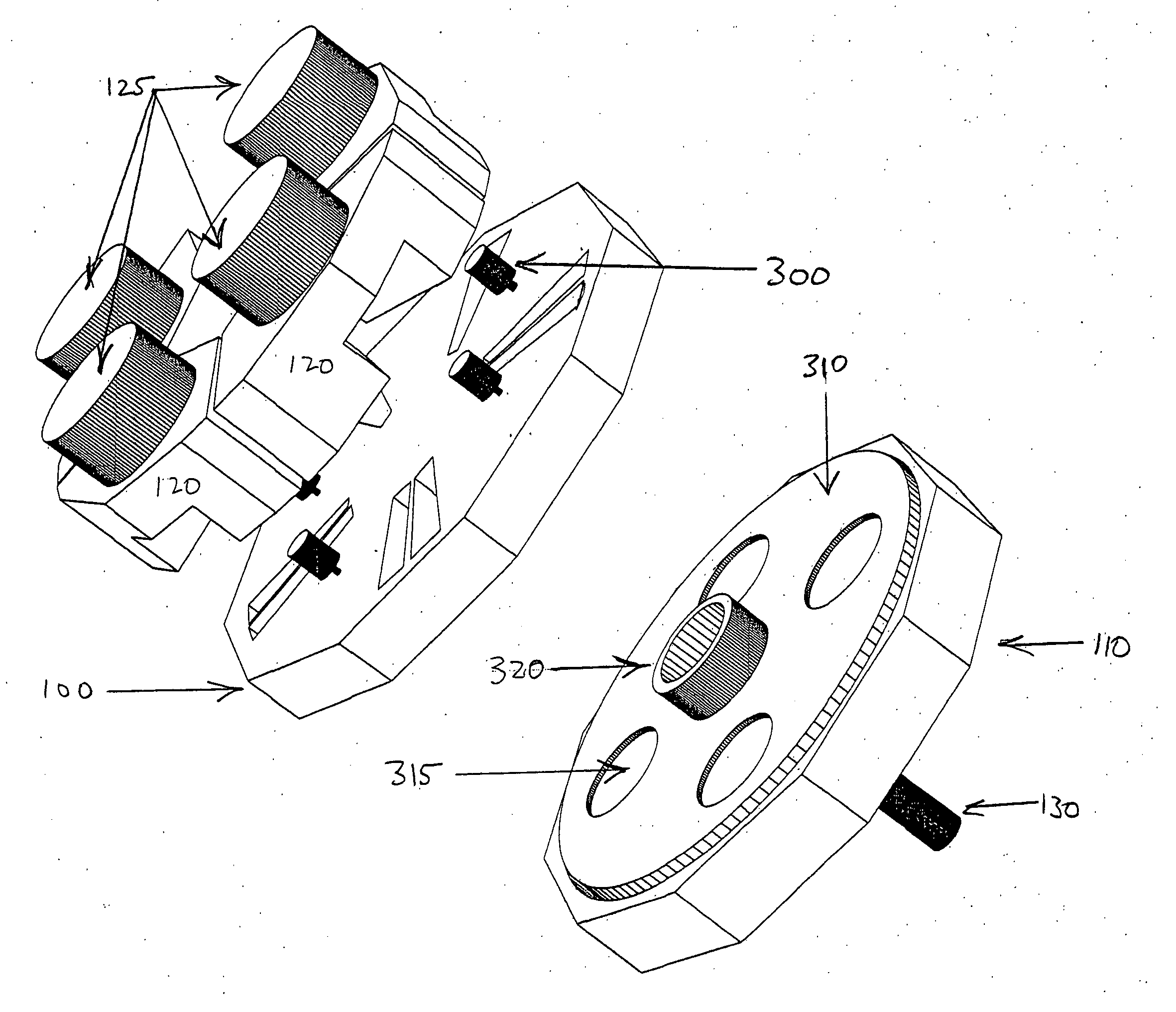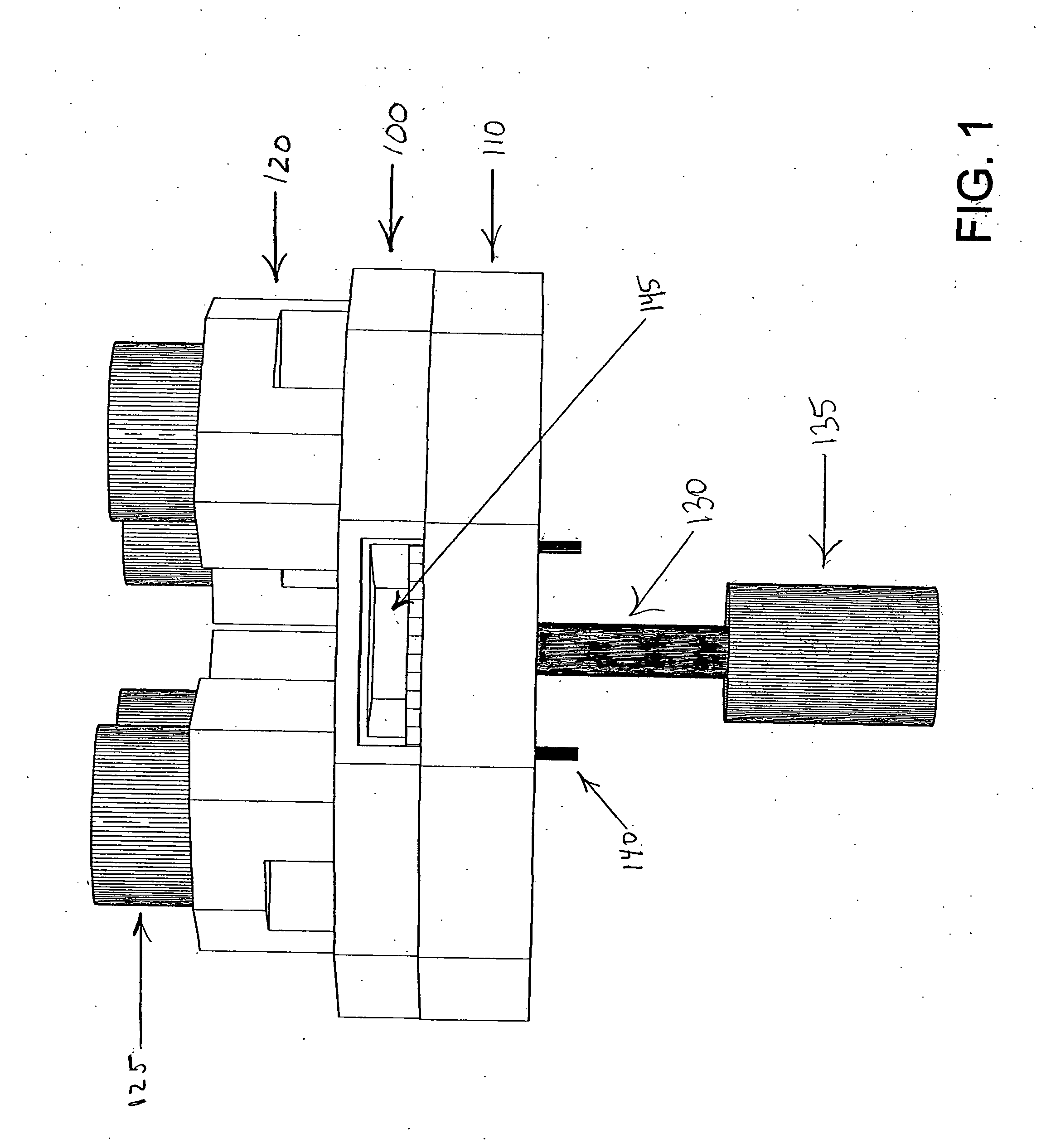Multi-zone atomic layer deposition apparatus and method
a technology of atomic layer and deposition apparatus, which is applied in the direction of chemical vapor deposition coating, metal material coating process, coating, etc., can solve the problems of affecting the deposition rate of atomic particles on the substrate, and achieve the effect of high deposition rate and high quality
- Summary
- Abstract
- Description
- Claims
- Application Information
AI Technical Summary
Benefits of technology
Problems solved by technology
Method used
Image
Examples
Embodiment Construction
[0037] Before moving on to specific embodiments, a few comments about the conventional ALD process and apparatus are in order. A complete conventional cycle typically requires four steps to produce a monolayer. First, a first precursor gas is introduced into the reactor chamber and adsorbs onto a substrate. Second, the excess first precursor gas is then purged from the reactor chamber. Third, a second precursor gas is introduced into the reactor chamber and reacts with the first adsorbed precursor. Finally, the reaction by-products and the excess second precursor gas is purged from the reactor chamber leaving behind the desired layer on the substrate. This process is repeated to grow a layer of desired thickness. In fact, the first several cycles typically do not result in a uniform layer across the substrate as some substrate sites grow preferentially but eventually the surface is covered and growth continues across the entire surface. An important consideration is that the tempera...
PUM
| Property | Measurement | Unit |
|---|---|---|
| Length | aaaaa | aaaaa |
| Length | aaaaa | aaaaa |
| Length | aaaaa | aaaaa |
Abstract
Description
Claims
Application Information
 Login to View More
Login to View More - R&D
- Intellectual Property
- Life Sciences
- Materials
- Tech Scout
- Unparalleled Data Quality
- Higher Quality Content
- 60% Fewer Hallucinations
Browse by: Latest US Patents, China's latest patents, Technical Efficacy Thesaurus, Application Domain, Technology Topic, Popular Technical Reports.
© 2025 PatSnap. All rights reserved.Legal|Privacy policy|Modern Slavery Act Transparency Statement|Sitemap|About US| Contact US: help@patsnap.com



